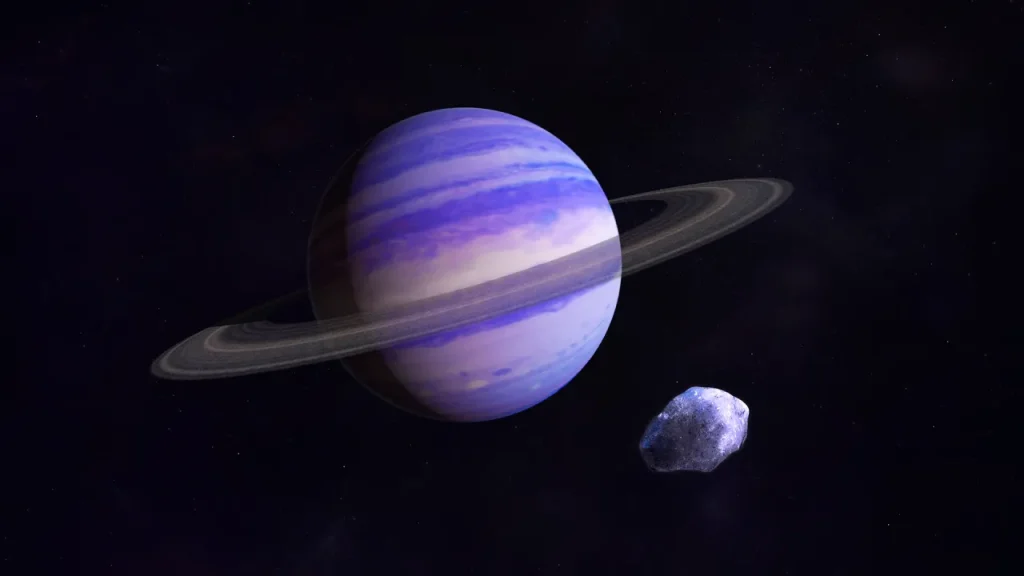Exoplanets
Exoplanets are planets that orbit stars other than the Sun. Although our solar system was long considered unique, the discovery of exoplanets has shown that there are countless worlds beyond our cosmic neighborhood.

How exoplanets are discovered
Astronomers use several methods to detect exoplanets, including the radial velocity method, the transit method, and direct observation. Each method has its own advantages and limitations.
The radial velocity method involves measuring tiny oscillations in a star's motion caused by the gravitational pull of an orbiting planet. These oscillations can reveal the planet's presence and characteristics.
The transit method is based on the principle that when a planet passes in front of its star from our perspective on Earth, it blocks a small amount of starlight, causing a temporary decrease in the star's brightness. This decrease, or transit, can then be detected and used to infer the planet's presence.
Direct observation involves capturing images of the planet and its host star. This method is extremely challenging due to the overwhelming starlight, but recent technological advances have made this feat possible.
Exoplanets come in a wide variety of sizes, compositions, and orbits. Some are gas giants similar to Jupiter, while others are rocky like Earth. Some orbit close to their stars, while others do so at great distances.
Search for Life
One of the most exciting goals in studying exoplanets is to search for signs of life beyond Earth. Astronomers look for planets in the “habitable zone” around their stars, where conditions might be suitable for the existence of liquid water and life.
Over the past few decades, there have been numerous significant discoveries in the field of exoplanets, including the detection of the first extrasolar planet in 1992 and the discovery of the TRAPPIST-1 system with seven Earth-like planets.
Future Space Missions
Several space missions are planned to study exoplanets in greater detail, including the James Webb Space Telescope and missions such as CHEOPS, TESS and PLATO.
Conclusions
The study of exoplanets is one of the most dynamic and exciting fields in modern astronomy. Each new discovery brings us one step closer to understanding our place in the Universe and whether we are alone in the cosmos.
Photo sources: https://science.nasa.gov/mission/roman-space-telescope/exoplanets/